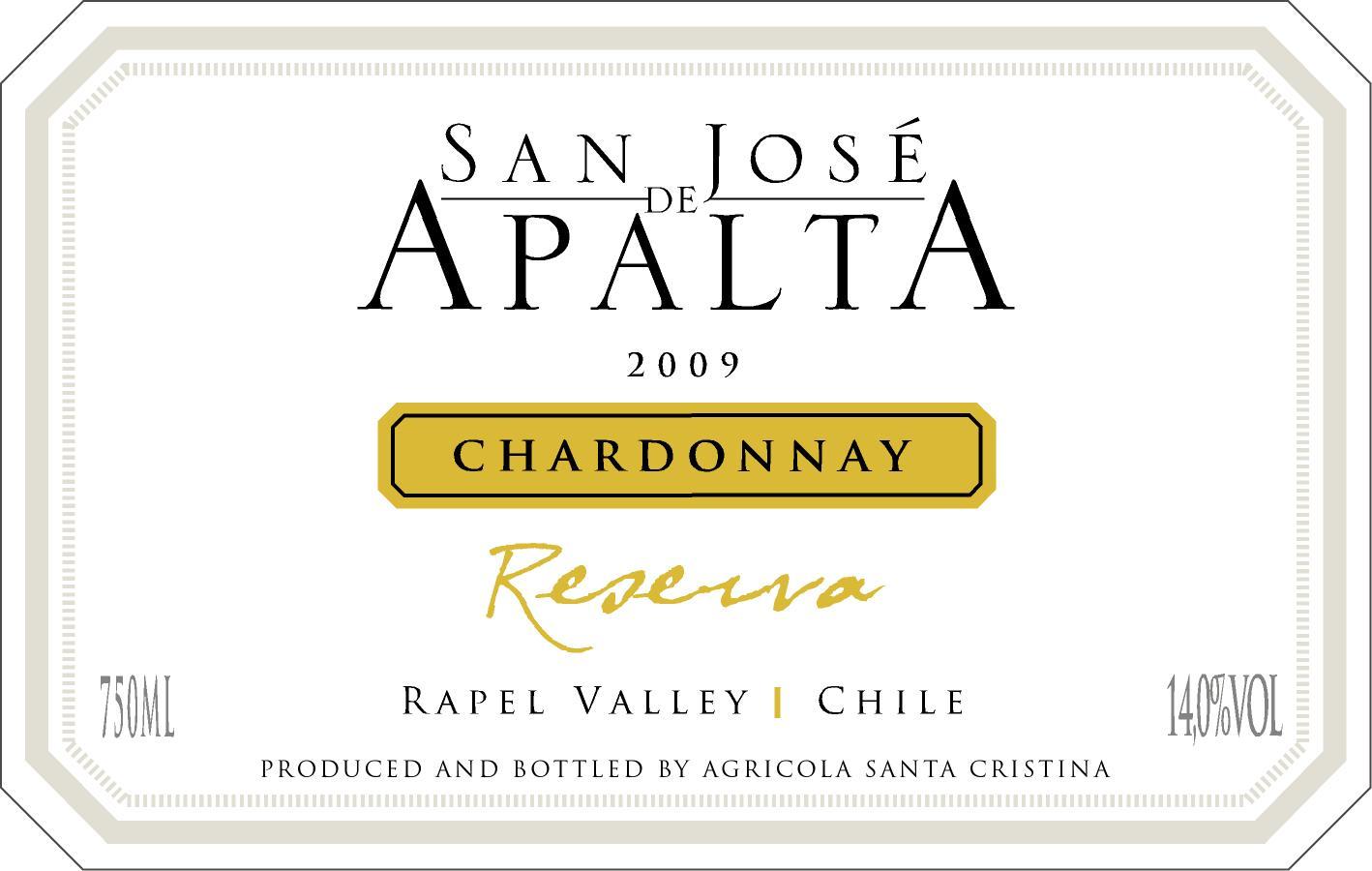2009 Rapel Valley Chardonnay
The San Jose De Apalta Reserva is a stunning Chardonnay from the esteemed Rapel Valley, with a vintage that showcases the best of what this region has to offer. In the glass, this white wine displays a radiant straw-yellow hue, hinting at its maturity and complexity. On the palate, it offers a delightful balance of richness and freshness, highlighted by its medium body that enhances the round mouthfeel. The acidity is bright and lively, lending a refreshing quality that dances with notes of citrus and stone fruits. Its fruit intensity is prominent, featuring layers of juicy pear, crisp apple, and delicate hints of tropical flavors, all wrapped in a subtle oak influence that adds depth. The finish is clean and satisfying, leaving a lasting impression that invites another sip. Overall, this Chardonnay stands out as a food-friendly choice, perfect for pairing with seafood or creamy pasta dishes.
The San Jose De Apalta Reserva is a stunning Chardonnay from the esteemed Rapel Valley, with a vintage that showcases the best of what this region has to offer. In the glass, this white wine displays a radiant straw-yellow hue, hinting at its maturity and complexity. On the palate, it offers a delightful balance of richness and freshness, highlighted by its medium body that enhances the round mouthfeel. The acidity is bright and lively, lending a refreshing quality that dances with notes of citrus and stone fruits. Its fruit intensity is prominent, featuring layers of juicy pear, crisp apple, and delicate hints of tropical flavors, all wrapped in a subtle oak influence that adds depth. The finish is clean and satisfying, leaving a lasting impression that invites another sip. Overall, this Chardonnay stands out as a food-friendly choice, perfect for pairing with seafood or creamy pasta dishes.




